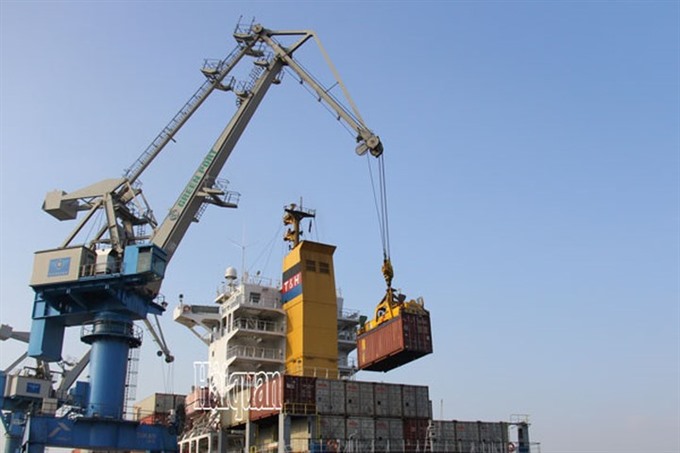 Opinion
Opinion

Hồ Kim Lan, director general of the Việt Nam Sea Ports Association, talks to Hải Quan (Customs) newspaper about conditions for logistics development in Việt
 |
Hồ Kim Lân, director general of the Việt Nam Sea Ports Association, talks to Hải Quan (Customs) newspaper about conditions for logistics development in Việt
Can you give an overview of the current situation of seaports in HCM City?
Seaports in Việt
However, only some of these ports have received proper investment in their course of development compared to those from other regional countries. A key reason for the situation is their poor market accessibility, limited transport connections and lack of funding for expanding operations.
In my opinion, it is high time for HCM City seaports to receive proper investment to compete with other regional or international seaports.
By now some of the seaports in
In addition, quite a few river ports in the city are also in the process of moving out from the inner city.
The slow relocation of sea ports has cost city authorities a lot of money.
It is said that the seaport system in
According to standard development trajectories, sea port advantages go to localities with big market potential as well as the potential for the development of deep sea ports which can accommodate large cargo vessels.
When we talk about the benefits from logistics, we need to look carefully at its management organisation and the flow of goods coming in and going out of the sea port as well as the service charges compared with other international ports. So I should say
Many people have complained that the road axis connecting the city with the sea ports has been seriously deteriorating. How do you respond to their complaints?
Naturally speaking, infrastructure must serve as a motivation for economic development. Seaport infrastructure often has an operation period of over 50 years. So the developer should have a long-term vision that can foresee what will happen after 50 years. In other words, the seaport development plan must be synchronised with the urban development plan and social security programme of each locality. All these have been written in the Government’s guidelines for the national strategy for seaport development.
By now, except the Cát Lái seaport, the other seaports in
Currently, the Cát Lái seaport has been operating over its capacity. But in the long run, Cát Lái will loose its advantages and then face new challenges.
In addition, other seaports or inland ports in
In my opinion, good transport services and transparency and accountability in operation are the most important factors for sea transport to develop in Việt




